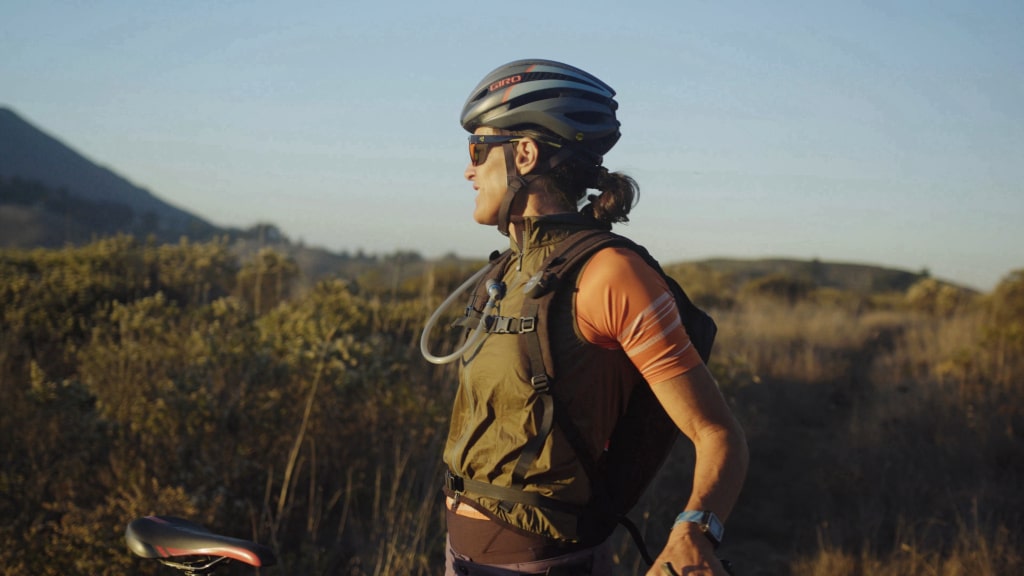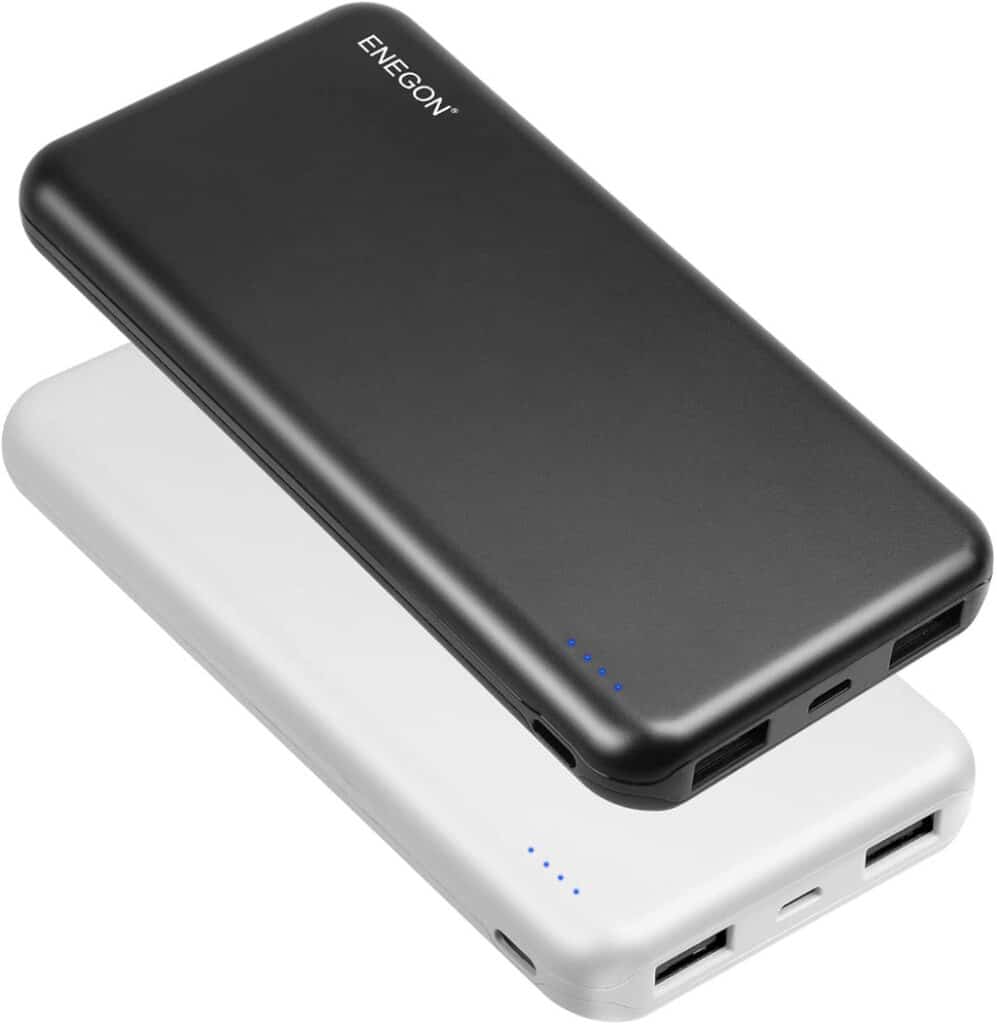Treating yourself to a lengthy motorcycle road trip is one of the most rewarding ways for you to spend time with your motorcycle in the surroundings of your choice. Road trips long enough for the dates and locations to become hazy are forever throwing new challenges our way that characterize what makes motorcycle trips so life-changing.
The more miles we accumulate on the journey, the more it seems we want to push ourselves and our motorcycles beyond their comfort zone, and the faster it seems the routine maintenance tasks need to be performed, with tires, chains, filters, springs and brake pads taking the worst of the brunt.
Aimed at preparing any rider for a long motorcycle trip while being especially conscious of weight, this list of essential tools and equipment can be readily used as a checklist to come back to should you need to jog your memory before a new trip.
- Here are our essential tools and equipment any rider should pack for a long motorcycle road trip:
· Hand tools
· Tyre repair kit
· Waterproof overalls
· First aid kit
· Hydration system
· Flashlight
· Paper maps
· Battery power bank
· Zip ties
Hand Tools
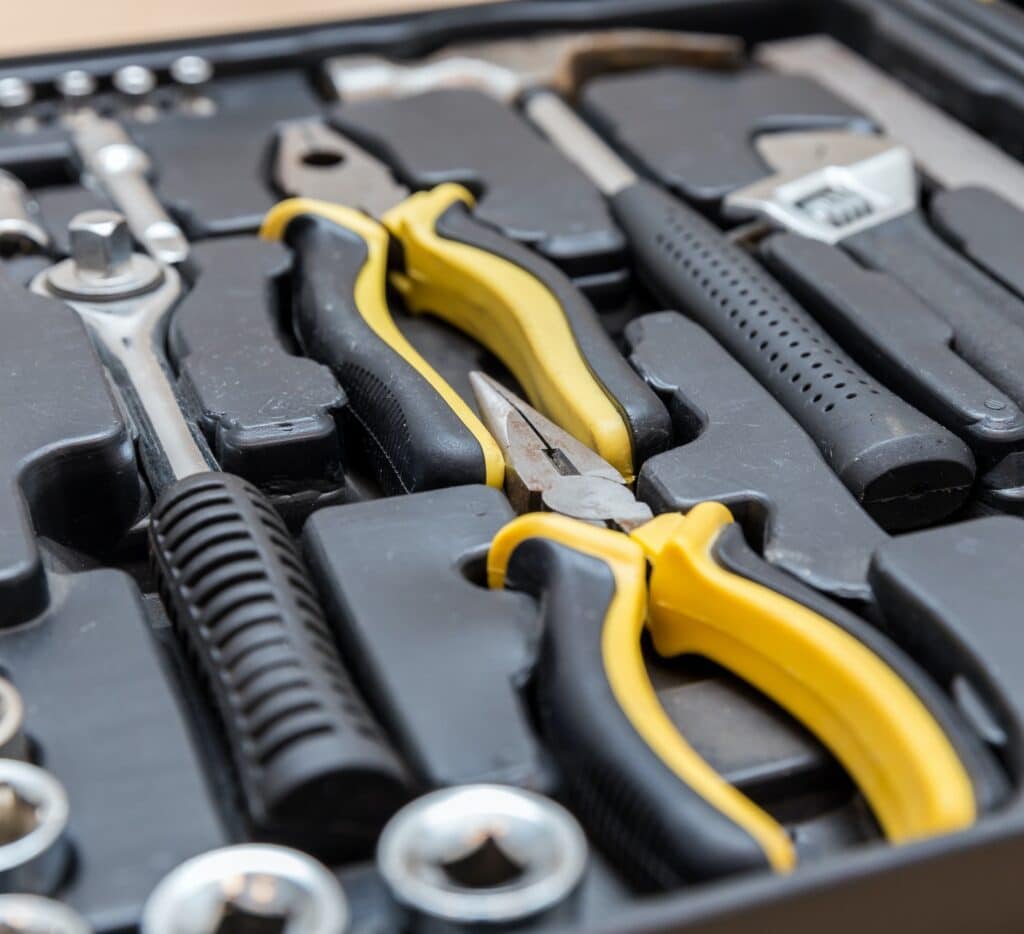
Let’s start with the basics, hand tools – spanners, screwdrivers, hex-keys; most motorcycles have a toolkit stowed away with some basic tools for the motorcycle – these often won’t do the job. Of course, the more reliable your motorcycle is the less chance you’ll probably need to use such tools; even still, it’s good practice to carry a small selection of tools with the most common sizes for your motorcycle.
Tire Repair Kit
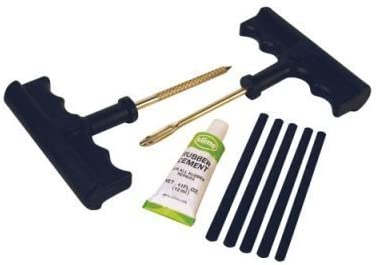
If you motorcycle has tubeless tires carrying an emergency tire repair kit can be a real lifesaver if you get a puncture while far from home. With a tire repair kit you can plug the damaged area of your tire to get you up and on the road without needing to call for help.
If your motorcycle doesn’t use tubeless tires, make sure you have adequate recovery that can help get you to a garage – it’s the next best thing.
Waterproof Rain Gear
If you are confident in your riding gear’s waterproof abilities, then you can skip to the next one. Otherwise, you should invest in a set of fully-waterproof overalls, I mean not even the weather people know when it’s going to rain. Look for a waterproof layer, 2 piece is more user-friendly, that fits over your protective riding gear.
Keep in mind that real waterproof clothing isn’t breathable, so you’ll likely experience a noticeable rise in temperature inside your clothing, the advantage of this is that the waterproofs often feature a thin layer of material. The best part? The rain gear can double up as a wind breaker should you face chilly, cold weather.
First Aid Kit
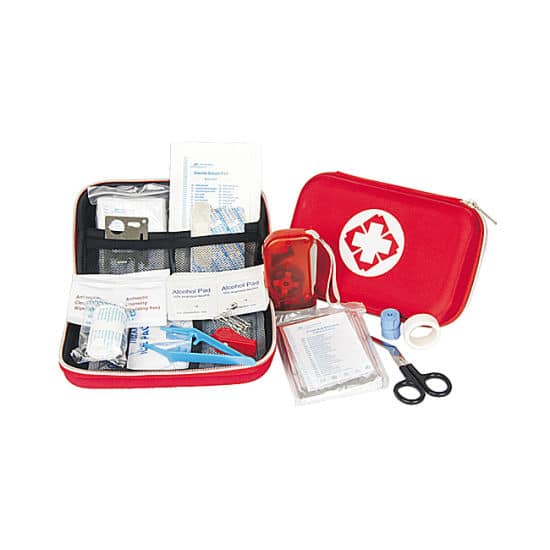
In some countries it’s a legal requirement to carry a recognized first aid kit with you on your motorcycle. Whether it’s required or not, a first aid kit is one of the items that you’d rather have and not need, than vice versa. First aid kits specifically designed for travel come with a range of supplies from bandages to cleaning wipes and cooling patches.
Pick a kit that seems suitable without going overboard and make best use of the kit by enrolling in a local first aid course run by paramedics. Learning life-saving first aid skills and techniques is an invaluable skill to have, and you’ll be surprised how enjoyable it can be to get your certificate.
Dehydration on long motorcycle journeys is common, even among experienced riders and can be extremely dangerous when left unmanaged. When you are dehydrated riding a motorcycle, slower reaction times and an inability to make rational decisions combine with sleepy energy levels to produce a deadly riding scenario.
Hydration packs and pouches are the answer to staying hydrated as a motorcycle rider or passenger. Being totally hands-free, and provided the hydration system is filled with cool water and remains stored away from exposure of direct sunlight, the water inside will remain as cool and refreshing to drink even after many hours of riding.
Flash Light
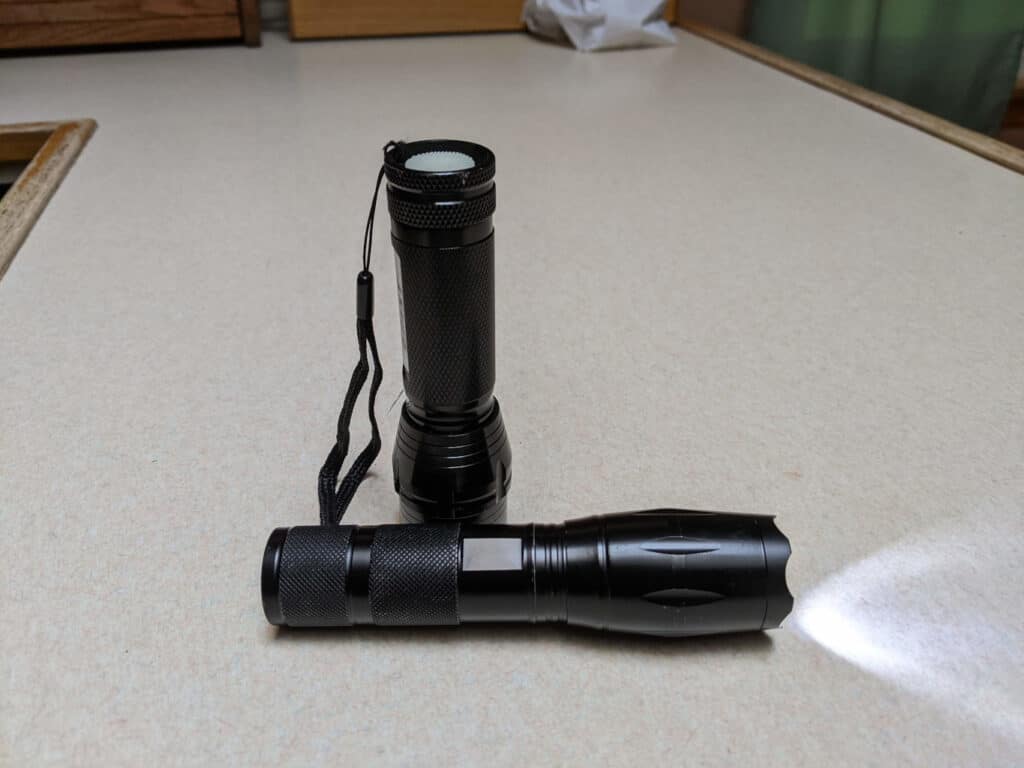
You might wonder why you should carry a flashlight when you have a motorcycle and a smartphone? A flashlight is one of the most useful survival tools, and works far better than the twinkling light on any smartphone. Nowadays flashlights can serve a range of other purposes, from doubling up as a hammer to being a stealthy defense weapon against wild animals (what countries are you visiting?).
Paper Maps
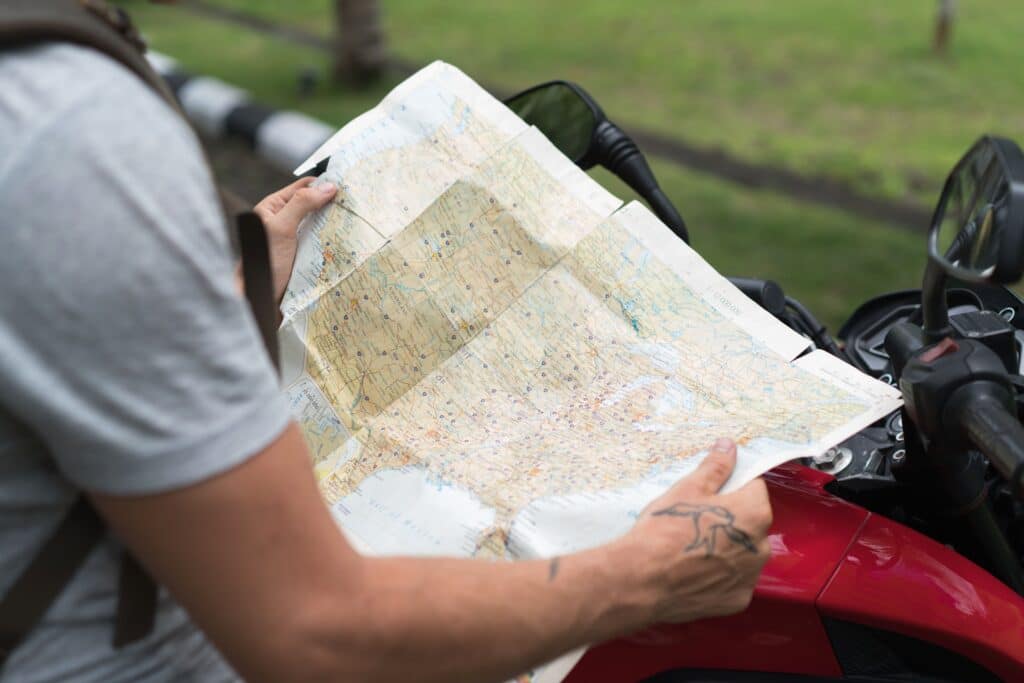
In the technological age everything is but a finger tap away, yet somehow our “clever” navigation systems still have a habit of sending us down roads that quite clearly aren’t roads – if you catch my drift. Studying the map for more exciting routes can be fiddly on an LCD display, not to mention the battery drain that could occur if you take time as you’d like.
When all else is lost, even yourself, nothing is more reliable than the trusty paper map. Paper maps of areas you are planning to explore will open up the vast network of roads and natural features, allowing you to pre-explore the locations you’ll soon come across, creating more logical routes that allow you to better use the time you have.
A USB charging device wired to the motorcycle battery is a common way for riders to keep their electronic devices charged while on the move, yet when you’re parked up for a while, charging your devices can become difficult.
A portable storage device such as a power bank contains a lithium battery with the capacity to charge your electronic devices multiple times over. The power bank serves as a life line when you’re completely out of juice, and considering most of us own multiple electronic devices nowadays, carrying a spare battery is a wise choice.
Zip Ties
I’ve never set off for a big trip without them, and yet I’ve never had a trip in which I didn’t use them at least once. Zip ties are affordable, compact and highly useful, serving as a strong and durable way to secure two or more objects together until a permanent solution can be found.
Carrying a small quantity of zip ties in large and medium sizes will give you a reliable means of dealing with a range of situations. Think of it like a mechanic without WD-40 in their garage.
The Verdict
In this article we told you all about the essential tools and equipment we’d never leave the house without when starting a lengthy motorcycle trip.
What about you? What would you do differently?


